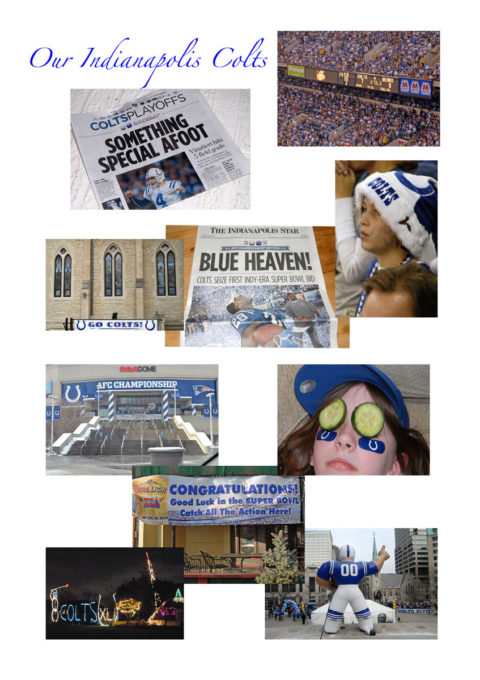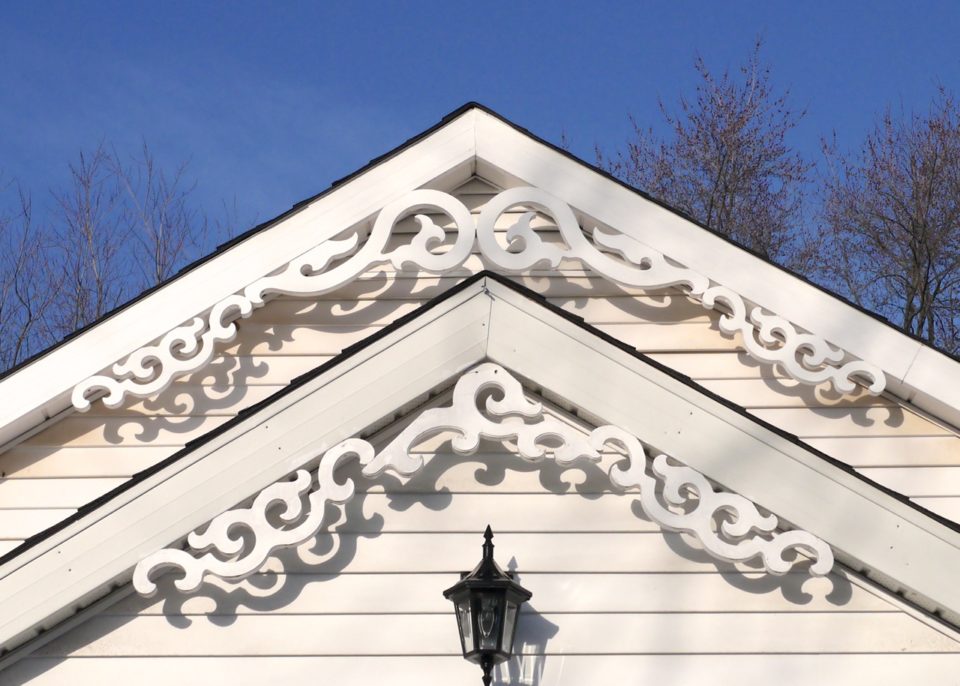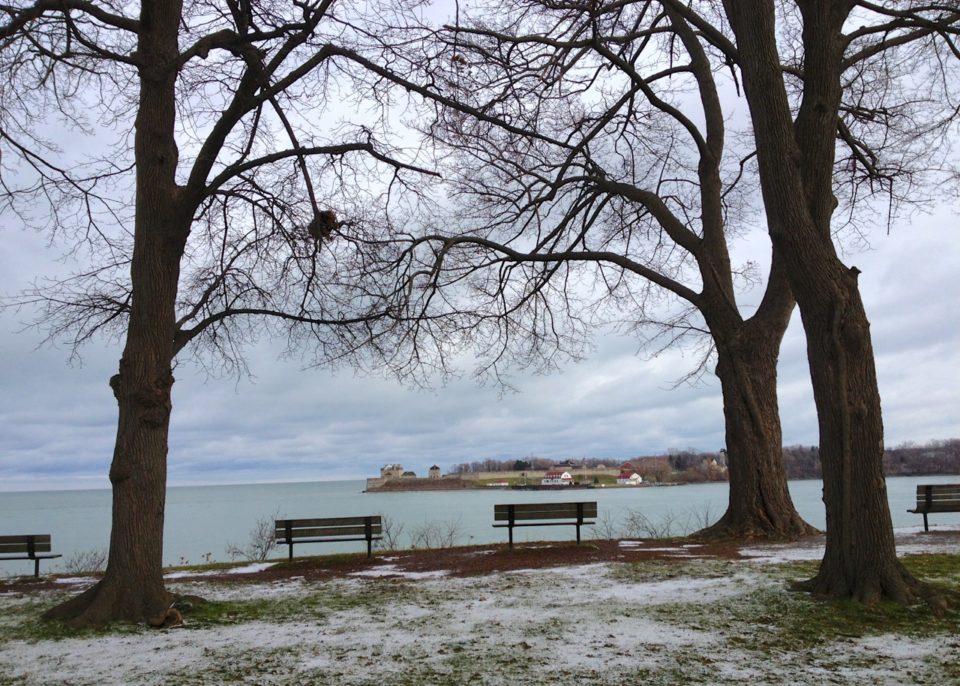In his book, Staying Put, Scott Russell Sanders recommends getting to know and be a part of the community where you live. He has written extensively on what it means to develop a sense of place.
Staying put is not something I’ve done in my life. My husband and I have moved several times. Interestingly, a couple of years ago we moved back to the area where we were born and are discovering it anew.
The place we left, Indianapolis, was where we lived the longest – 17 years – and our roots there are strong. It still feels like home and will always have a special place in our hearts.
In 2007, when I discovered the writings of Sanders (who lives in Bloomington, Indiana) I decided to do a year-long photo project on my place of Indianapolis. It was for a class and I had to write a paper about what I learned.
Over the course of the year, themes emerged that represented the unique flavour of this place – the love of sports, public art, local foods, small town feel in a big city. One of the things that I appreciated the most about Indianapolis was how all four seasons are so beautifully distinct..
I liked Indianapolis when I started the project and loved the place by the time I finished.
We often want to travel to discover new places. But, how about rediscovering the place where you live? How about identifying through pictures the unique personality of your place? In his essay, The Geography of Somewhere, Sanders identifies key features of real places. Many of these I am discovering in my new town.
“A real place feels as though it belongs where it is, as though it has grown there, shaped by weather and geography, rather than being imported from elsewhere and set down arbitrarily like a mail-order kit.”
This shows up in buildings, architectural details, and food. These details reflect the history of the place.
“A real place is also distinguished by a vigorous local economy, one that draws on resources from the region and on the skills of its own citizens.”
This shows up in how well a place appreciates and takes advantage of what it’s been given, whether in unique flora and fauna, agriculture, arts and crafts. The economy of the community reflects what the community needs.
“A real place conveys a sense of temporal depth, a sense that people have been living and laboring here for a long time.”
Earlier generations are remembered through festivals and habits of speech and customs. The community does not stay frozen in time but restores the old while building something new.
“A real place keeps us mindful of nature, as it keeps us mindful of history.”
This shows up in parks and gardens and riverfront trails – of native trees and plants in the yards.
“Delight in the company of other people, so evident in farmers’ markets, is another quality of captivating places.”
This shows up in the communities’ public spaces – farmers’ markets, outdoor festivals and music concerts, libraries, theatres, and community centres. Sanders finishes by saying,
“What all of us long for, I suspect, is to love the places in which we live and to live in places worthy of love. Surrounded by sham and disarray, we hunger for integrity and authenticity. We wish to dwell somewhere rather than nowhere.
Have you discovered your place through photography?



By nature, I seem to have itchy feet. That’s why my camera and I are on the move a lot. But, recently, as an “itch” develops, I’m learning to ask “what more can I see here at home?”. The result has been a greater depth to my body of work. Just sitting with my camera in an old familiar spot waiting for new perceptions of old subjects to gradually emerge. This new patience inside of me has brought me great joy and new rewards. KIm, thanks for bringing all of this to our attention.
I think we all have itchy feet, Bill. But, I have learned and it seems you also have found that “new perceptions of old subjects” can bring great joy and rewards, especially a deeper appreciation for our places and our lives.
Well said Kim. Thanks for providing clarity.
I have lived in the same area of Northeast Ohio my entire life. And yet, I have been amazed at what I have discovered through my camera lens. While I enjoy photographing new areas in our travels, my favorite images are of home – turning the ordinary extraordinary.
And you certainly do that, Brenda, reveal the extraordinary in what we normally consider oridinary.
Me too within my own home! I have a favourite vase of coloured glass, the light always reflects a different view of the outside world in the shafts, either a cloud or as it is this week snow, a tree in leaf or blossom. I must have photographed this vase thousands of times, I never tire there is always something that captures my attention! Nice post.
Thanks, Sue. You are right, there are endless subjects even within our own homes, if we only have the eyes to see.
Thanks, Kim, for the insightful article. It provides an interesting structure for exploring our own community, using photography to document Sanders’ ideas. His article also ties in very nicely with your earlier post on Curiosity. Thanks!
This challenge makes me want to start with what I already have. Look back through all the photos that I have taken, enjoyed briefly, and filed away. I expect I will find it’s already there – that sense of place – without quite knowing I was doing it. It’s like Bill’s suggestion to sit in an old familiar place and waiting for new perceptions to emerge. Aren’t we fortunate to love the places that we live in?